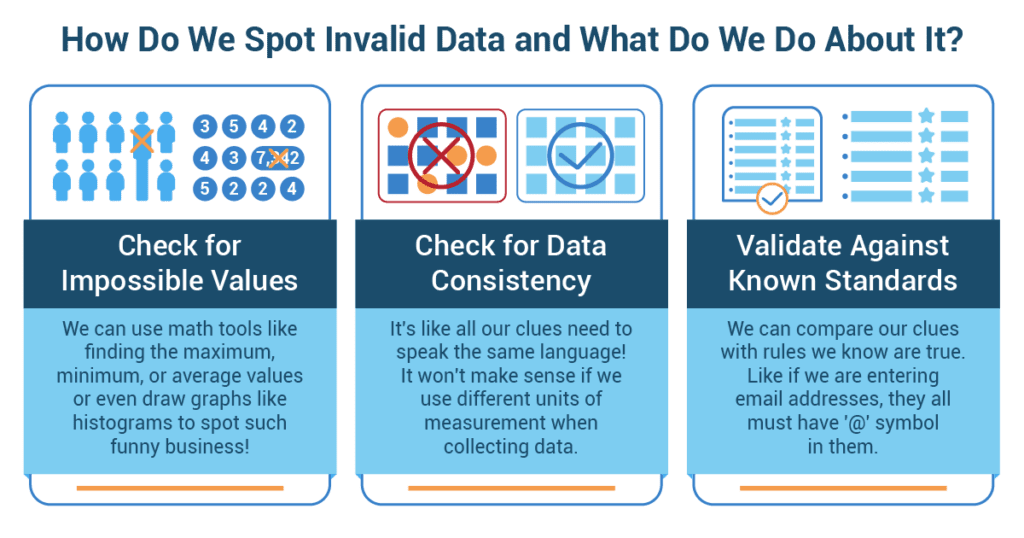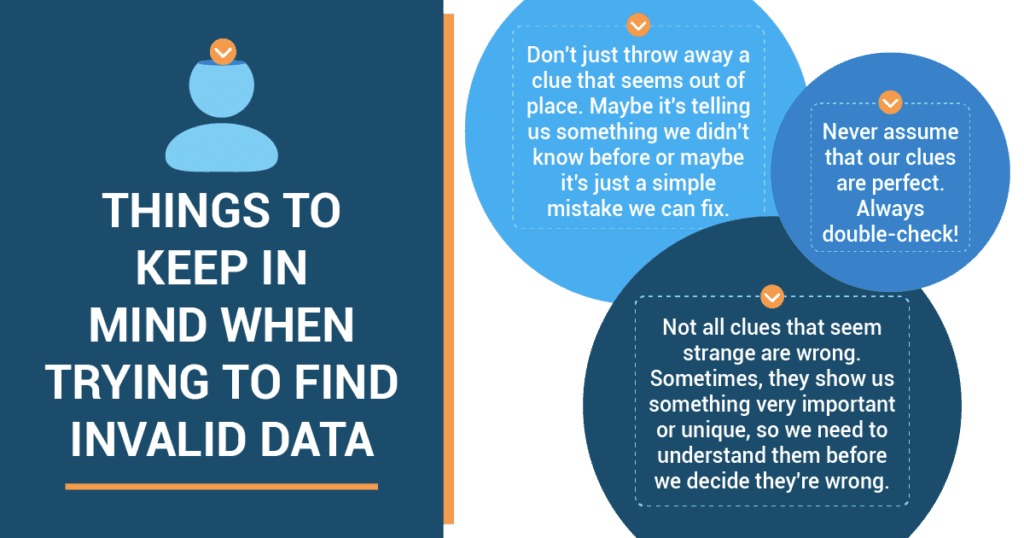Today, I want to take you on a journey, a journey that will open your eyes to a critical aspect of our world that might seem a bit technical, yet is very much a part of your everyday lives. This journey is about data validity. Now, I know that ‘data validity’ might sound like a term borrowed from a computer science textbook or a statistician’s manual, but stick with me here.
Have you ever asked a friend for a restaurant recommendation? Now, consider this – what if this friend recently went on a diet and started loving all things green and leafy, while you, on the other hand, can’t imagine a meal without some juicy, delicious steak? Is their recommendation valid for you?
Or imagine you’re scrolling through social media and come across a post claiming a particular skincare product to be ‘the best there is.’ Upon reading further, you find out the post is sponsored, and the person posting hasn’t really tried other products. Now, is their claim valid?
In both scenarios, you’re confronted with ‘data’ – the restaurant recommendation, the skincare review. But to make an informed decision, you must question the ‘validity’ of this data – its relevance, its authenticity, its impartiality.
What is Data Validity, and Why is It Important?
Let’s play detectives for a while! In our quest to solve the mystery, we collect clues, or “data,” right? But what if someone tricks us with a phony clue that doesn’t make sense? That’s exactly where data validity comes in!
Data validity is like a magic shield that makes sure our clues (or data) are true, dependable, and really helps us solve the problem we are trying to investigate. For instance, if we are trying to find out the average age of a basketball team, we can’t have data saying someone is 200 years old. That’s impossible and hence, not valid!
Imagine we are making a robot that predicts tomorrow’s weather. We feed it a lot of information about previous weather conditions. But if we feed it garbage like ‘rainbows happened at midnight,’ the robot will get confused. It’s like the saying goes, “garbage in, garbage out.”
So, data validity is super important! If our data isn’t valid, we might end up making the wrong conclusions or building a robot that predicts it’s going to snow in summer!

Identifying invalid data
- Check for Impossible Values: Just like how there can’t be a unicorn in our backyard, some data values are simply impossible. For example, if we are trying to figure out the average age of our school’s basketball team, it wouldn’t make sense to have data saying someone is 200 years old! That’s impossible and definitely not valid!
- Check for Data Consistency: It’s like all our clues need to speak the same language! For example, if we are collecting the heights of our officemates, it doesn’t make sense if one height is in inches and another in feet. Or, if we are grouping our classmates by favorite sport, we can’t have ‘pizza’ as a category!
- Validate Against Known Standards: We can compare our clues with rules we know are true. When looking at understanding the heights of our officemates, everyone’s height should be measured in the same unit, like inches or centimeters, to make the comparison fair and consistent. This way, you can draw meaningful conclusions about your officemates.

So, put on your detective hats, grab your magnifying glasses, and let’s step into the exciting world of data validity! It’s time to investigate like real statistical detectives!
Unveiling Data Validity in the Appliances Industry
In the fast-paced world of consumer electronics, John Anderson, a seasoned corporate professional with a background in data analysis, embarked on a journey that would shed light on the importance of data validity within the appliances industry. His exploration aimed to uncover how accurate and reliable data could drive informed decision-making and strategic planning in a competitive market.
John’s project was sparked by his role as a data analyst for a leading appliances manufacturer. His corporate experience had ingrained in him the significance of trustworthy data in shaping effective business strategies. His journey was centered around exploring the extent to which data validity influenced the company’s operations and decision-making. John recognized that data validity wasn’t just about having a large dataset; it was about having data that accurately represented the real world. Drawing from his corporate insights, he realized that using inaccurate or unreliable data could lead to misguided conclusions, faulty forecasts, and strategic missteps.
Armed with his understanding, John delved into the company’s data ecosystem. He audited data from various sources, including sales reports, customer feedback, and manufacturing records. As he explored, he unearthed inconsistencies, errors, and missing information that had previously gone unnoticed. These data inaccuracies had the potential to skew analysis and lead to flawed decision-making.
Drawing parallels from his corporate background, John recognized the far-reaching implications of data validity on decision-making. He realized that the company’s ability to forecast demand accurately, allocate resources effectively, and plan inventory depended on the validity of its data. Flawed data could lead to overproduction, stockouts, and operational inefficiencies. John’s journey further unveiled the connection between data validity and customer satisfaction. He discovered that inaccurate data could lead to production defects, resulting in faulty products reaching customers. As a corporate professional, he understood that these incidents could damage the company’s reputation and erode consumer trust.
Armed with insights from his exploration, John adopted a solution-oriented mindset. Just as his corporate experience had taught him to identify and rectify operational inefficiencies, he tackled data inaccuracies head-on. He proposed initiatives to implement data validation processes, automate data entry, and foster a culture of data quality. As John’s proposed initiatives took shape, their impact became evident. The company experienced improved forecasting accuracy, streamlined operations, and enhanced customer satisfaction. John’s case study exemplifies how a corporate professional’s commitment to data validity can lead to operational excellence within the appliances industry. Through his exploration, he underscores the critical role of accurate and reliable data in driving effective decision-making, strategic planning, and customer satisfaction.